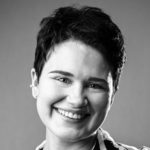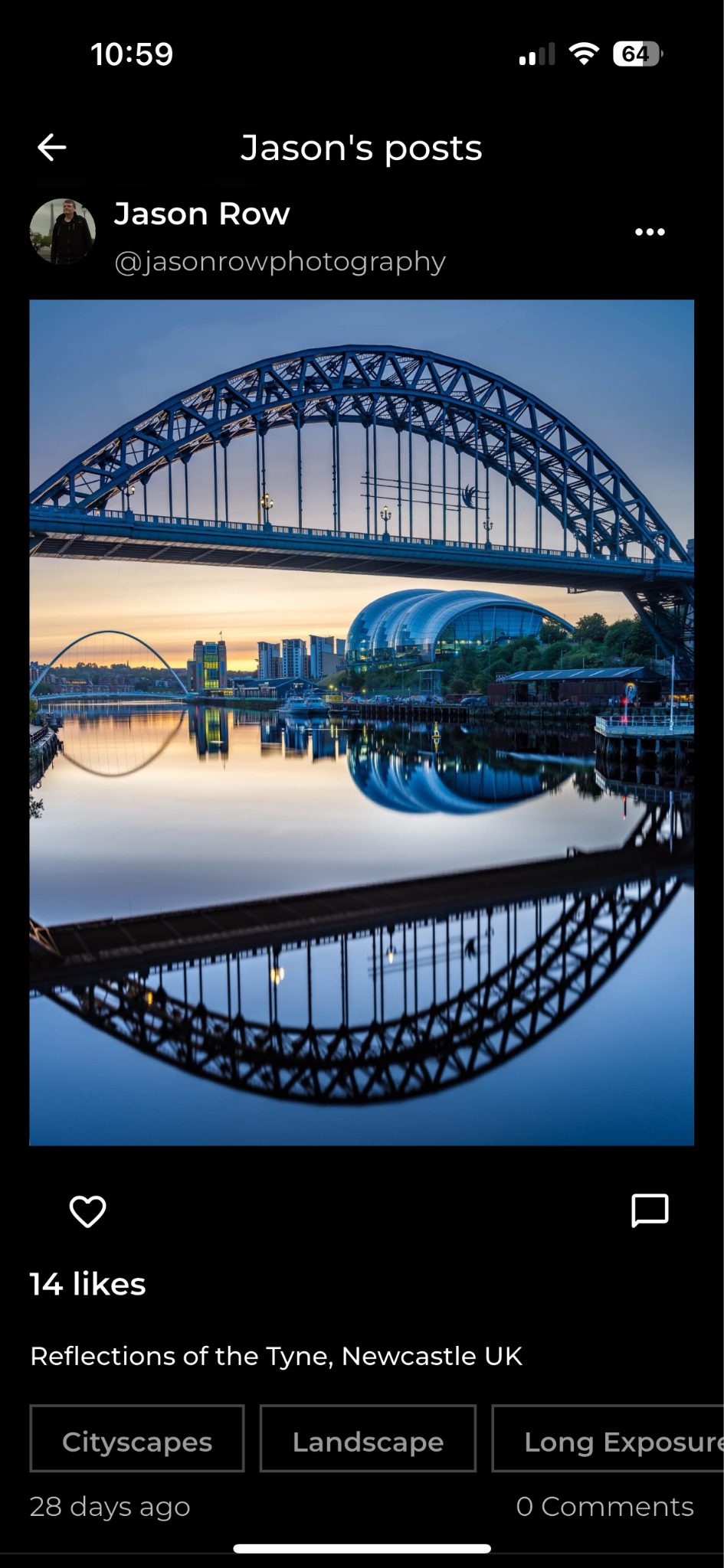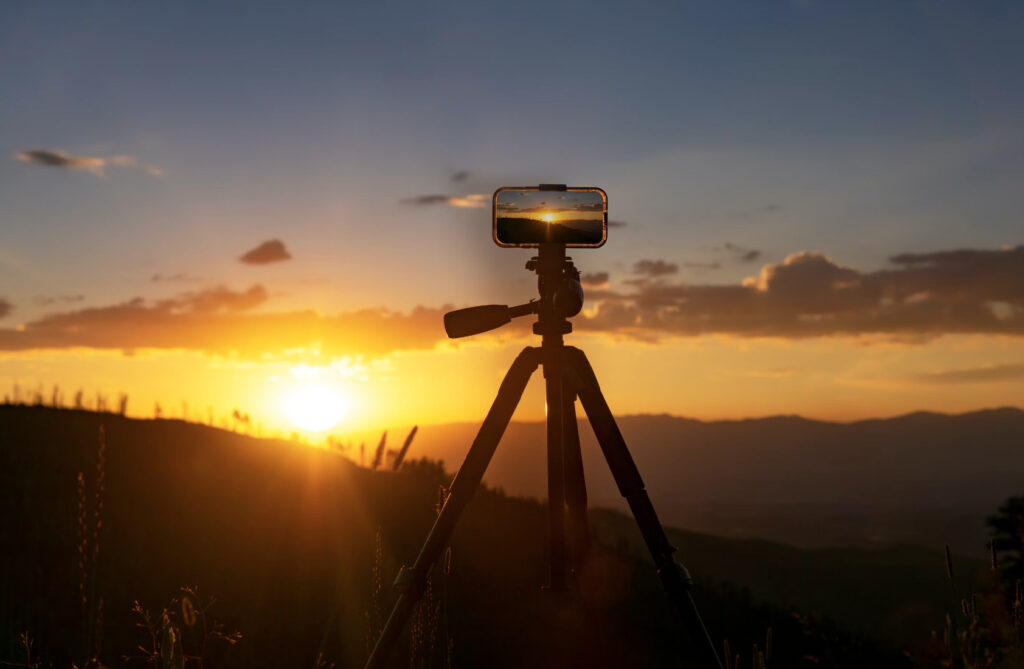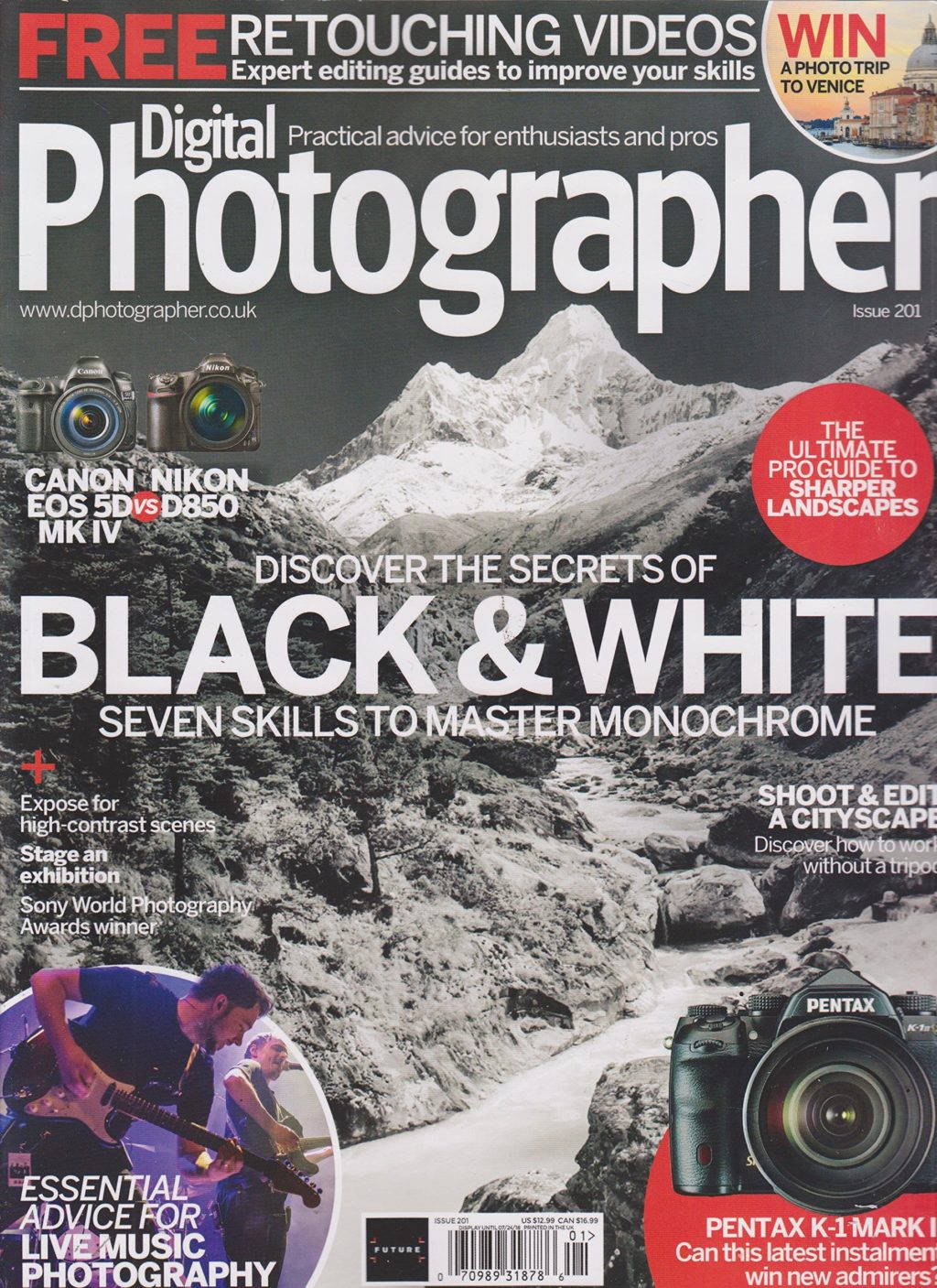Wedding photography is one of the largest and most varied areas of photography around. Different photographers have different styles, and no wedding album will be exactly the same. Many wedding photographers have kit worth tens of thousands which can be quite off-putting for somebody just breaking into this industry. So what kind of kit do you really need in order to take stunning wedding photos?

The answer might surprise you. You may think you need ten different lenses, four different cameras and every accessory under the sun, but it isn't necessary. Yes, wedding photography is an unpredictable beast. After all, you're capturing an event as it unfolds which means it's largely out of your control. However, changing lenses all the time really isn't something you're going to want to do.
You'll want to be able to move around quickly while keeping an eye on the celebrations as they happen. In the time it takes you to select a lens, remove the old one, attach the new one, turn the camera on, frame, focus and then finally take the photo, the opportunity has probably passed you by. What you really need is a lens that suits many different situations, but is there really such a thing?
What Lenses Do You Need?
Zoom
Many photographers (and indeed, couples) these days prefer a reportage style of photography – candid shots beautifully captured while everybody goes about their business, seemingly unaware of the camera being pointed at them. It's natural and it's flattering. For this style (and many others besides) a longer lens is often preferred; a mid range zoom, maybe longer. Depending on lighting conditions, it'll have to be fairly fast to make life easier (using a flash is one of these variables, something I'll get to later). The ability to zoom means you'll be less of an intrusion and more likely to get far more natural shots, as you won't be sitting in people's laps as you take their photo.

Prime
Another route is prime lenses – a 50mm is great, and many photographers stick to this and only this. A 1.8 is good for the purpose, but if you have the cash you might want to consider splashing out on a 1.4 or even a 1.2. Yet another great lens (and famous for it's ideal portrait focal length) is the 85mm. Again, f1.8, 1.4 or 1.2, the option is yours.

Bonus
As a bonus addition to your kit, you might want to consider a wide angle lens for those scenes in the church and any large group shots you end up taking, but that's fairly style specific and only you'll know whether you'd benefit from this type of lens. To summarise, any one or even two of these lenses mentioned will let you take 100% of the shots you want to take. Something fast with a long(ish) focal length is the idea, and this will suit nearly every style as they're all incredibly versatile.

Don't Forget About Renting!
But what if you can't afford the lenses you want yet? No problem – rent them and include it in your price as you normally would. There are many companies who'll rent lenses for affordable prices and it's an ideal solution for many photographers.
What Camera Bodies Do You Need?
So that's lenses, what about a body? Surely you need a camera that costs more than your car? Well, no, not really. I shot my last wedding party on a D5000 with a D70 as backup. By many standards, it's considered an entry level camera. However, I had a 24-70mm f2.8 stuck on the end of it (and sometimes a 50mm f1.8).
If you haven't heard it yet, I'll say it now – the glass is where it's at. Think of it this way – you wouldn't put a dirt cheap plastic lens on the end of a top of the range camera and expect it to give you stellar results, no matter how amazing the camera is.
As you progress you'll probably upgrade as your needs change, but for now your current camera will probably do. The chances are the bride and groom aren't going to be printing life size (and bigger) photos of themselves so resolution is pretty much a null point.
Take a Backup!
Also worth noting is making sure you have a backup camera of some sort, as there is nothing worse than arriving at a job only to find out your camera has decided it doesn't want to work that day. You won't be happy, and I can guarantee you that the happy couple won't be quite so happy anymore either. As the wise old saying goes, prevention is better than cure.

Rent It!
Still not happy with your camera? Good news again! You can rent camera bodies for a decent price too. The only downside to this however (or upside, depending on your mindset) is that you might want to familiarise yourself with the camera first, which means renting it for a day or two beforehand. You don't want to be figuring out how to stop the aperture down when the bride is walking down the aisle.
What Flash Will You Need?
Speedlights: More often than not, one will do. If you're moving around you're going to want to have something that'll move around with you, so a speedlight is ideal.
Anything that'll work with your camera will do – you don't need anything fancy. Preferably, you'll be able to move it around a little and point it towards the ceiling, behind you, to a wall…basically anything that means you won't be firing it straight at your subjects. Something to diffuse it also wouldn't go amiss. This could mean a fancy diffusing dome, but it could be as simple as some tape and a bit of tracing paper. Need a catchlight card but don't have one built in? Use a white post it note or a bit of white card and tape it to the speedlight.
You might want to take some gels with you too to balance the lighting conditions – flash has a different colour temperature to artificial indoor lighting. Doing this will save you hours later when you're busy editing your shots.

Bonus
An added bonus is using a flash that'll work with triggers, which also means you might want to get some triggers too. This allows you even more creative freedom and lets you place the flash somewhere else in the scene other than on top of your camera. You might want to bring a stand for it though, just incase there's nowhere to put it. You'll probably have heard many photographers singing the praises of pocket wizards and many other expensive triggers, but you may find that something cheap and cheerful does the job just as well. The general rule of thumb is never to buy something and use it for the first time during a job. Test it out first. If it doesn't work, you don't want to find out when it's too late.
Of course, you don't have to use flash at all – natural light can be very beautiful on its own, but depending on yours and the couple's preferences you might want to give it a little fill-in light to soften shadows. Additionally, if the light really isn't doing anything nice that day you'll be glad you have one.

What About a Tripod?
So that's the camera, the lenses and the flash sorted. Is there anything else? What about a tripod? Do you really need one? That's entirely up to you. I meant to take one with me once but in my haste forgot it (d'oh). Funnily enough, I didn't realise I'd forgotten it until the end of the job. I didn't find myself wanting it at all as I was moving around far too much to be bothered with one.
A monopod could be of use, and maybe during the evening do you could set yourself up in a corner with your tripod/monopod while you capture people dancing. For the most part though, you're going to want to be as mobile as possible. Try it and see what suits you best!
Don't Forget About Spares!

Have I left anything out? Ah yes, spares. Take spare memory cards (make sure they're all formatted before the job and working) and spare batteries for the flash, the camera and anything else that requires them. Charge everything up the night before, and get it packed so you're ready to head out the door the next day. Most of all, enjoy yourself!
Article by Emma Brabrook – Emma is a photographer from the UK. You can follow her on Twitter, visit her Flickr, join her Page on Facebook or visit her Blog.






33 Comments
Just what I need. I promised I’d never do another wedding. Unfortunately my grand daughter is gettin married in July. She expects me do do it for nothing. I’ve dusted off the Nikon Coolpics L22. Obviously that’s not enough these days.
What a horrid and completely “un-grandadly” thing to say. You should say no to your grand daughter and leave the job for someone who is actually interested in being there.
A lens cloth!
I found this very helpful. Thank you very much for putting this up. It’s so overwhelming trying to figure everything out at once. I feel like my heads spinning!
I know exactly what you mean – it can be quite daunting. I’m glad you found it so helpful!
Thank you! I still new at this. You re enforced a lot of what I already knew. Great tips you answered a few questions that I had (flash). Thank goodness I had my monopod! I took sister wedding photos, for free of course and I had no idea how much work it was. BUT I had so much taking pictures! And that’s the point. I learned so much about the dos and don’ts. To my surprise she was very happy with the results.
Photojournalism is an art and I love the artistic challenge of limiting my lens choice. Buy fewer, better lenses with your money and worry about getting the shots not your equipment.
Great article.
Andy craig
I used to shoot weddings in the days of taking wet b/w proofs back to reception for sales orders. Then, the camera was a twin lens Rolliflex and a Metz flash gun…These days it’s the D300s, with MB-D10 battery pack, 24-70mm 2.8G ED lens, SK-6 power bracket and the SB-900 Speedlight + diffuser snoot. Backup being the D200 with an 18-200mm zoom. Spare batteries, flash and memory for all. A good article, well done!
WHEW I AM HEADED IN THE RIGHT DIRECTION! I want to get to the point where I am once again thinking of the photograph not equipment. You have calmed me down about this substantially.
Absolutely a backup camera
I’m currently trying to save up for a whole new set of equipment so this definitely pointed me in the right direction. I need lenses and flashes but I’m even contemplating a new body. why is photography so expensive!!!!
Thank you!! I’m actually shooting my first wedding ever this weekend, and I’m nervous. I think I’m going in the right direction with lenses and things, so hopefully it’ll go alright. 🙂 This made me feel more prepared though haha!
A full frame camera does help in low light conditions.
Great article Emma!
I think if you have fairly ordinary equipment, but a) you know how to use it b) you work well with people c) you have a good sense of anticipation, you will still take photos that the bride and groom (and their Mums) will love!
Great blog thanks!!
Great article , the best advice, have a backup of everything ,what can go wrong, will go wrong. I rather have too much with me than not enough.
Good advise for sure!
15 fish
16-35
24-135
70-200
2 bodies
3 flashes
flash remotes
and a tripod
oh yeah a back pak to carry all this crap!
This is very spot on and falls in line with an article I wrote a while ago on my own website titled, “Does your wedding photographer have backups?”
Irrespective of your equipment you choose to use, you must have a backup, or backup plan, for everything and anything. I even have backup lens cloths!
My favourite lens is my 28-75 f/2.8 on my main body with the 50mm Prime f1.7 on my backup body. This might get switched out with a 75-300 at outside venues for nice close-ups of everything, everyone, anyone without them noticing.
I use 17-40mm f4L and a 70-200mm f2.8is on 550d bodies. with a 430ex flash if I need it for 98% of shots. I always take other lens with me i.e. 50mm 1.8 and a 24-70mm 2.8 but only ever shoot a few picks with each. You don’t need lots of kit but sometimes you do need to have the right lens to make a great shot not a ok one!
I want to start getting into the wedding photography business, but have never shot one. I usually shoot night club events in the city of SF. So catching things in the moment is what i like to do. But i’m scared though that i may not have what it takes to be a good wedding photographer. after reading the comments above it’s calmed me down a bit that if i just have a d90 (back up) and D600 (primary) i can perfectly execute a good wedding portfolio. i guess im more just scared since i haven’t shot one that i may not be good. But i really want to thank you for writing this article down. given me hope to pursue what i want to do. that i don’t need 20k equipment to get what i need. that all i need is an eye and that i have 2 of 🙂
I enjoyed your article Emma. And am pleased that you aren’t another “expert” advising all sorts of expensive camera equipment.
Nice article, indeed! As a wedding photographer, I agree that one of the most important things is to have back-ups. Don’t worry so much about the gear – it’s better to KNOW your gear really well and focus on composition, lighting and the moment. That will get you far better results every time.
Thanks again for the great read!
Thanks for the article Emma. I’m shooting my first wedding this summer so reading your article reassured me that I’ll be ok, with backups of course. And like Simeon said “know your gear”. Shoot with it before you attend the event because a full frame is not the same as not having one. Look at all the corners when you shoot and know the limits of your frame. Know how to quickly adjust. Renting a camera is great but practice with it before hand.
I m really thankful to u that I found new way of photography.
My last wedding gear consisted of Two Canon Bodies (with Battery Grips) ,one with a Canon EF 70-200 f/2.8 L
The other with a Tamron 18-270 Di f/3.5-6.3 … and a Canon 580 ex Speedlight with an external Battery Pack Slung on a Black Rapid Double Sling… over the top of my Photo Vest with all my extras (in case …stuff)…… Stayed on the move for Six Hours straight.
Hey guys, awesome article!
Love the pics 🙂
You forgot to add business cards! Always need to be thinking about marketing the business.
Anyways, I’ve just finished writing a similar, more detailed post here, feel free to link to it:
Cheers
Chris
Don’t forget the photography bag. I am still looking for the perfect wedding photography bag. A bag is more than just a bag … it’s a style accessory and “not only” gear. As a wedding photographer you want to blend in … so I try to wear a bag which suits the wedding. A black plain bag for a stylish city wedding combined with a black suit. Or for a boho, vintage wedding get something more rustic like a ONA leather bag … 🙂
I was asked to photograph my first wedding in July 2015, up untill that point my back ground was landscape and wildlife photography. I work in Law Enforcement and started selling some of my prints to my co-workers, one day 4 years ago I was asked to photograph the Memorial Day event at the correctional facility that I work at. The event takes place outside, time wise it goes on for about 1 1/2 hours, during this time alot of things happen and it gave me a chance to photograph with two camera bodies and move about with out getting in the way of what was going on. I don’t think I could have photographed the wedding without doing this event first, for 3 years in a row. Second spend time looking through web sites of wedding photographers it will give you an idea of the type of shots that you will need to take. The wedding that I photographed was an outside event and these are some what easier to work as your first wedding. Equipment, I am not a pro so this is what got me through. Pentax 10D with a 12-24 f4. pentax Kr with a 50mm F2.8 macro and a K5ii with a 17-70 sigma F2.8-4.5 and a Gralson Spark to go over my flash to soften the light. last if you are not able to process all the photo’s on a computer don’t take the job, the work is not over at the end of the night. This year I have two weddings to photograph plus the Memorial Day event. I look foward to it all, to get better as a photographer you have push youself, and a wedding will do just that, I will rent a pentax 50-135 f.2.8 for my next wedding that I will photograph in May of this year.
I find even f1.8 primes offer too little depth of field in a highly mobile situation and especially where you have two or more people standing together, I never use my 50 or 85 at anything less than 2.8 to ensure at least the whole of the face is in focus.
One of the best pieces of equipment I have purchased in recent years is my Pelican case! Tough, so it protects the gear perfectly, but also useful as a seat for weary bridesmaids and I often use it for standing on to get a different angle when shooting couple portraits. I wrote recently about the differences between cheap and expensive wedding photographers at https://www.weddingsnapper.com.au/wedding-photography-that-sounds-too-cheap/ Feel free to link to it or join the conversation.
Several other important things to consider are, wear softer soled shoes for marble floors in the church so you’re not a noise distraction ,bring a small sewing kit needle and black & white thread. Several times I had to sew up hems on dresses and pants on the tuxes. If you’re using non hot shoe flashes bring 3 sync cords. I had two go on me in one wedding. With 2 Shutter medium format cameras we used to fire the camera with flash at a wall with the magazine off, if you saw a big flash through the body shutter curtain you knew that the two shutters were synced with the flash.
Love this, Emma!
I remember reading about the art of good photojournalism when I was in college. Something about it stuck out above the fold. My days of shooting weddings are few and far between. This makes me want to do just one more! Thank you!